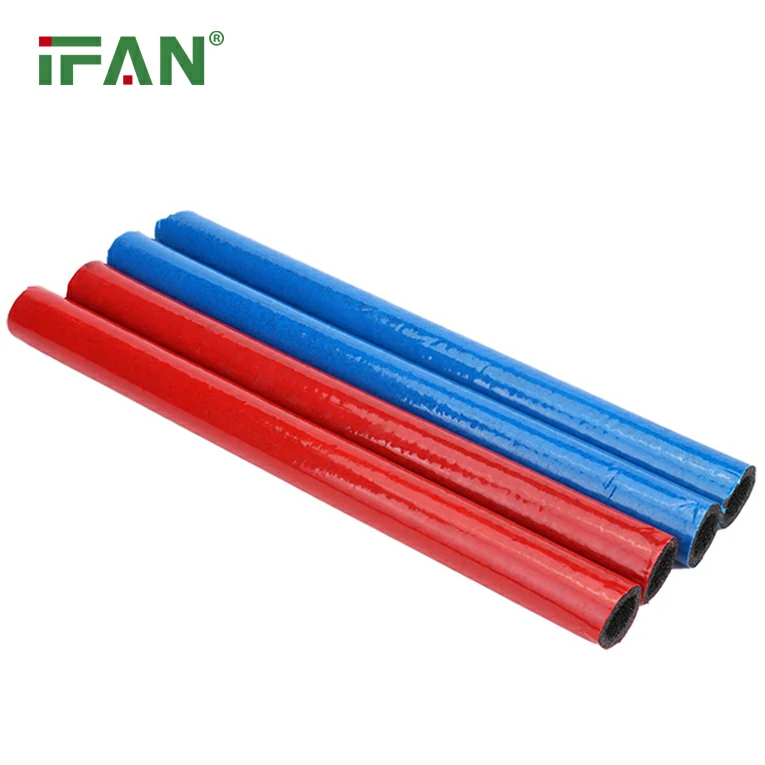Introduction:
Brass fittings play a critical role in a wide range of industrial, commercial, and residential applications. These fittings connect different pipes, tubes, and hoses together and ensure the smooth and efficient flow of fluids and gases. However, like any other mechanical component, brass fittings can experience wear and tear over time, leading to leakage, corrosion, and other problems. To prevent costly downtime, safety hazards, and damaged equipment, it is important to perform regular maintenance and inspection of brass fittings for optimal performance.
Section 1: Benefits of Regular Maintenance and Inspection
Regular maintenance and inspection of brass fittings offer several benefits. For one, it can extend the lifespan of the fittings, as it helps to identify and fix any issues before they escalate. Additionally, proper maintenance and inspection can help to improve the overall performance of the fittings by ensuring that they are operating efficiently and smoothly. Regular maintenance also ensures that the fittings are up to code, and minimizes the risk of accidents or injuries that can occur from faulty fittings.

Section 2: Common Issues with Brass Fittings
Brass fittings can face a range of different problems over time. One of the most common issues is corrosion, which can occur due to various factors such as the acidity of the fluid or gas flowing through the fitting, temperature, humidity levels, and other environmental factors. Corrosion can cause the fittings to weaken, leading to cracks, leaks, or failure. Another issue with brass fittings is wear and tear, which can cause the fittings to loosen and cause leaks or other problems.
Section 3: Techniques for Maintenance and Inspection
To keep brass fittings in good working condition, regular maintenance and inspection should be performed. Some common techniques for maintenance and inspection include cleaning the fittings by removing any debris or buildup, tightening any loose joints, checking for leaks or cracks, lubricating moving parts, and testing the fittings for pressure and flow rate. Additionally, fitting assemblies should be re-torqued after the first few hours of operation, and then periodically thereafter.
Conclusion:
In conclusion, regular maintenance and inspection of brass fittings is an important aspect of ensuring optimal performance and minimizing costly downtime and safety hazards. By identifying and addressing issues early on, you can extend the lifespan of the fittings, improve their overall efficiency, and avoid accidents and injuries. Therefore, it’s essential to make maintenance and inspection a priority in this vital component of your operations.







